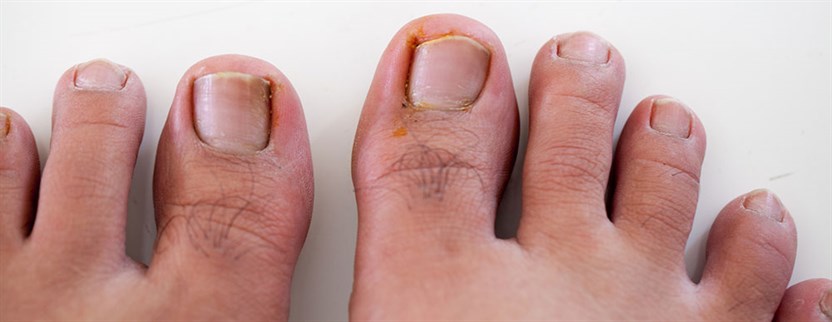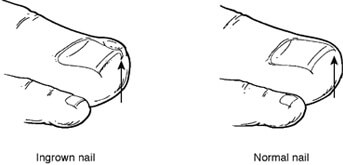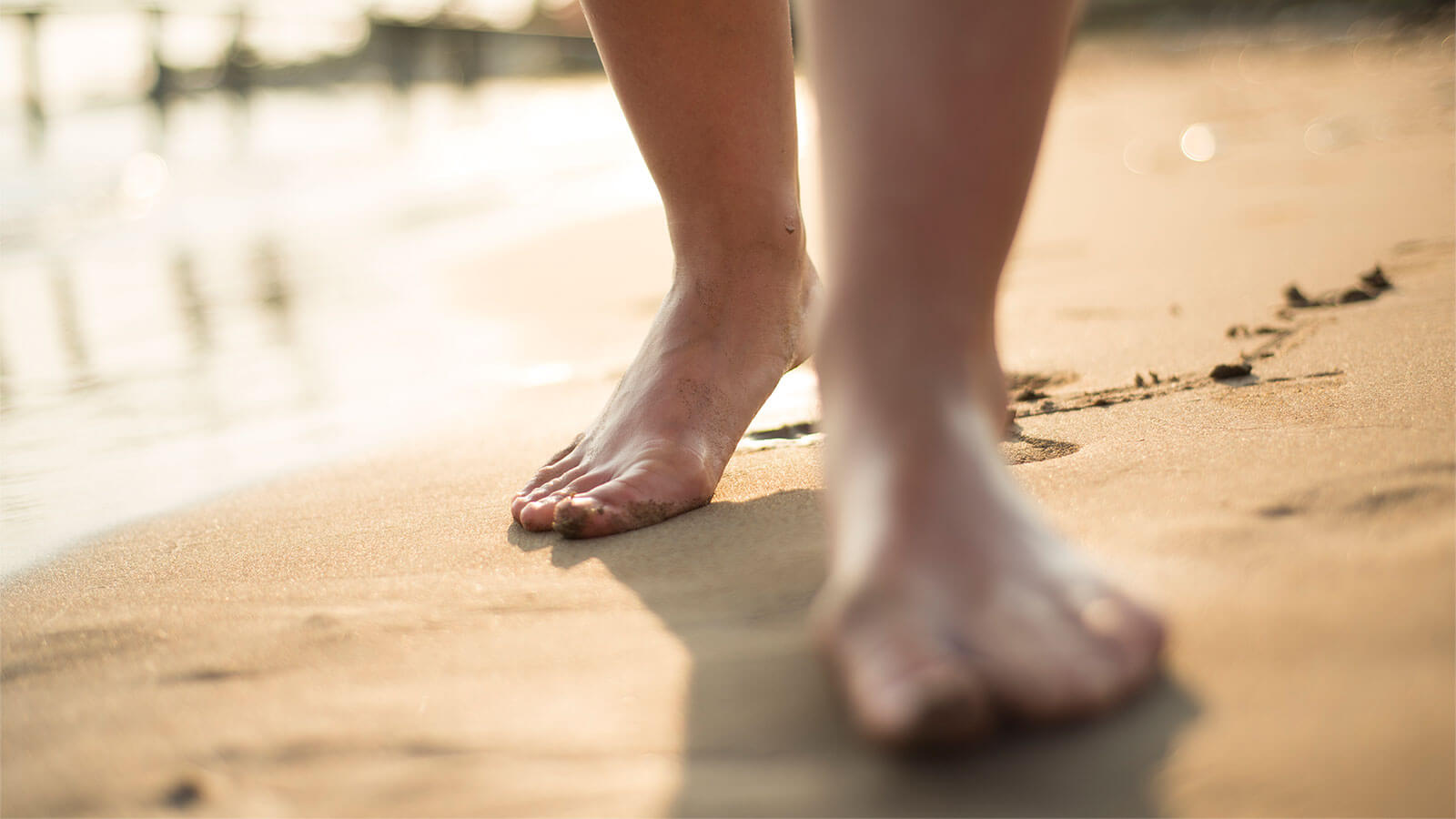The toe nail that appears ingrown due to inflammation of the flesh around the nail is termed as ingrown toe nail. The nail embeds and becomes soft under the flesh (that has inflamed around it). This condition is medically termed as Onychocryptosis or Unguis Incarnates.


SYMPTOMS

 Symptoms of an ingrown nail include; pain on the margins of the nail , unbearable pain while wearing tight footwear and sensitivity to slight pressure of any kind. Bumping of an affected toe can lead to very sharp and unendurable pain as the tissue gets punctured further by the nail. An ingrown toenail is a common disorder that usually, though not necessarily impacts the outer edge of the big toe.
Symptoms of an ingrown nail include; pain on the margins of the nail , unbearable pain while wearing tight footwear and sensitivity to slight pressure of any kind. Bumping of an affected toe can lead to very sharp and unendurable pain as the tissue gets punctured further by the nail. An ingrown toenail is a common disorder that usually, though not necessarily impacts the outer edge of the big toe.
Early in the course of an ingrown toenail, the end of the toe becomes reddish and painful with mild swelling. There is no pus or discharge. It may feel warm to the touch, but the patient may not have fever. Later, extra skin and tissue will grow around the sharp point of the nail. A yellowish discharge may begin that indicates, body's response to the trauma of the nail irritation. In severe conditions, the swelling becomes worse and there may be white or yellow colored discharge from the area.
CAUSES
Tight fitting shoes or high heels cause the toes to be compressed together and pressurize the nails to grow abnormally. Improper nail trimming can also cause the corners of the nail to dig into the skin. Fungal infections of the nail may also develop a thickened toe nail. An acute injury near the nail or any recurring damage to the nail (during active sports) may also lead to an ingrown nail.
MEDICAL TREATMENT
A doctor may simply try to file or cut the nail down the center to change the shape of the nail as it grows. If any extra tissue has grown around the inflamed area of skin, the doctor may choose to remove the same to help it heal faster. The doctor numbs the area before removal of any tissue. If no acute infection is diagnosed, then the nail is elevated and basic treatment is recommended that includes wearing warm soaks, proper shoes, and frequent cleaning of the nails.
Several types of splints can also be used. These protect the skin from the sharp corner of the nail. Some of the most common types of splints include cotton wicks, plastic strips, plastic tubes down the side of the nail, and various glue-like substances (resins).

